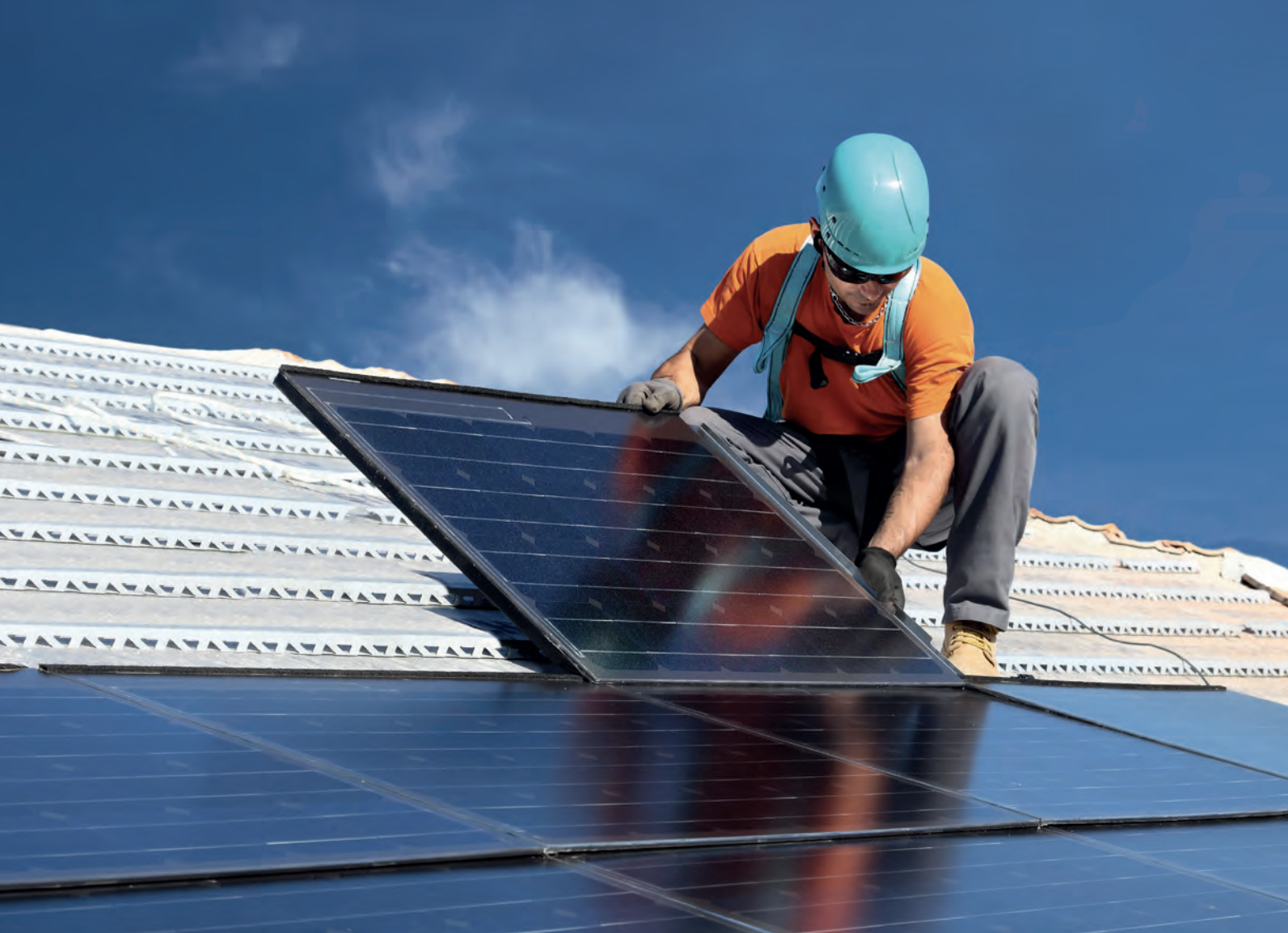Moving to 50% renewables by 2030 would create more than 28,000 jobs nationally, new research by Ernst & Young (EY) and the Climate Council has found.
The Renewable Energy: Future Jobs and Growth report finds that 50% renewable electricity by 2030 will create almost 50% more employment than our business as usual trajectory.
KEY FINDINGS
This report compares two scenarios for the national energy sector – business as usual renewable energy growth (34% renewable electricity in 2030) and 50% of electricity derived from renewable sources in Australia by 2030. Both scenarios show increased uptake of renewable electricity will create employment nation-wide.
- 50% Renewable Electricity (50RE) scenario in 2030 will lead to over 28,000 new jobs, nearly 50% more employment than a business as usual (BAU) scenario.
- Jobs are created in the construction, operation and maintenance of renewable energy installations, as well as in related industries.
- Across the period 2014- 2030, over 80% of full-time employment created by 50RE is additional to the economy.
- Job losses in coal fired electricity generation are more than compensated for by increased employment in the renewable energy sector. However, the transition for employees in the fossil fuel sector must be planned well.
The net effect on jobs of 50RE is positive across Australia and each individual state: every state will experience net job growth.
- New South Wales (NSW) and Queensland will have the largest net growth in jobs, around 11,000 and 6,000 respectively.
- South Australia and NSW will experience the largest per capita jobs growth.
- Victoria will see a net gain of around 4,000 jobs by 2030.
Unlike other industry transitions such as in automotive manufacturing and steel smelting, which have seen many jobs move offshore, a transition to 50RE will create jobs in Australia.
- A large proportion of new jobs gained in the electricity supply sector by 2030 will stem from construction and installation activities related to renewable energy infrastructure. Many of these jobs will be additional to the economy, though location and skills may differ from those currently in demand.
- Most states will see half of all new jobs created in rooftop solar photovoltaics (PV): rooftop solar PV jobs are generally accessible, being located in areas where people already live and work.
- Utility scale renewable power in regional and remote Australia may well offer opportunities to increase employment in those regions.
- Job creation and job transition, together with infrastructure planning, would benefit from a long-term, sector-wide approach to managing the accelerated renewable electricity deployment.












